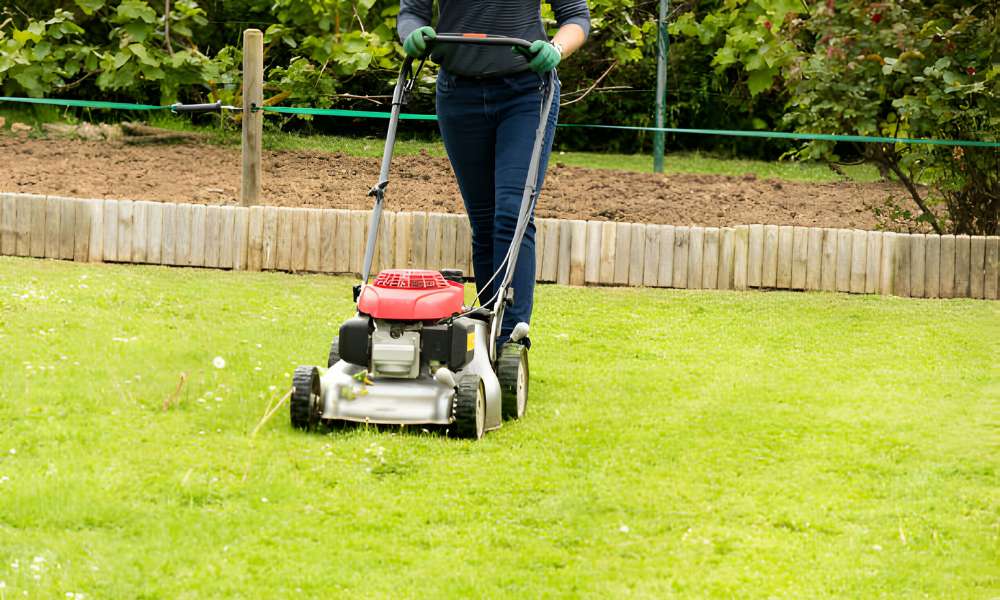Overseeding a lawn is a key step to achieving that lush, green paradise right in your own backyard. This straightforward process not only revitalizes tired and patchy grass but also introduces new life to your lawn, making it denser and more resistant to pests and diseases. It’s simple: doing so can significantly enhance the overall health and appearance of your lawn, ensuring it remains vibrant and robust throughout the seasons. By incorporating how to overseed a lawn into your garden care routine, you’re not just maintaining your lawn; you’re investing in its future beauty and durability. With the right approach and a bit of know-how, overseeding can be an easy yet important task for any homeowner looking to boost their lawn’s aesthetics and resilience.
What Is Overseeding And Why Is It Important For Lawn Care?
Overseeding is the process of spreading grass seed over an existing lawn to promote thicker, healthier turf. This practice is important for lawn care as it helps fill in bare patches, improve density, and enhance overall appearance. By introducing new grass seed varieties, overseeding can also help make the yard more resistant to disease, pests, and environmental stressors.
When Is The Best Time To Overseed A Lawn?
The best time to overseed a lawn is typically in the fall, between late August and early October. This timing allows the new grass seeds to establish themselves before winter sets in, giving them a head start for growth in the spring. Overseeding in the fall also takes advantage of cooler temperatures and more consistent rainfall, which are ideal conditions for seed germination.
How Much Seed Should I Use For Overseeding?
The amount of seed needed for overseeding depends on the size of the area you are looking to cover and the condition of the existing grass. In general, a good rule of thumb is to use about half the amount of seed that you would use for establishing a new yard. This allows for better seed-to-soil contact and gives the new seeds a better chance to germinate and establish themselve
Evaluate Current Grass Health
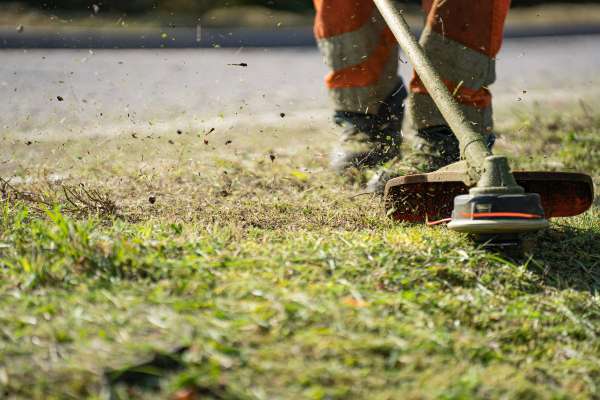
Evaluating the current health of your grass is crucial for achieving a vibrant and lush lawn. One key aspect to consider is the color of the grass blades – healthy grass should have a rich green color, indicating sufficient nutrients and water absorption. Additionally, inspect the density of the grass coverage across your yard; patchy or sparse areas may signal underlying issues such as soil compaction or insufficient sunlight exposure. By conducting a simple tug test on the grass blades, you can determine if they are firmly rooted in the soil, which is essential for their overall health.
Removing Debris And Thatch
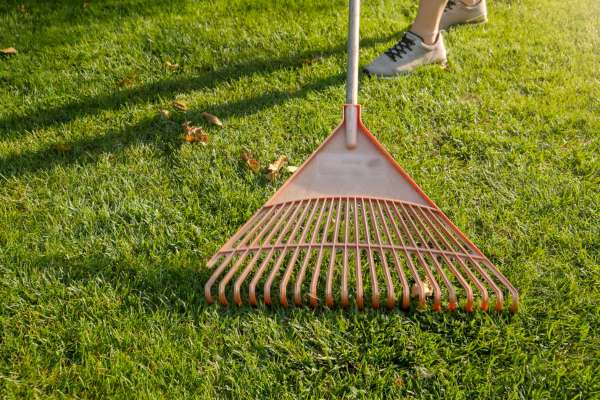
To effectively get rid of combat lawn fungus are consider aerating your land to improve air circulation and reduce thatch buildup. Aerating helps break up compacted soil and allows water and nutrients to reach grassroots more easily, promoting healthy growth while deterring fungal development. Additionally, ensuring proper watering practices – such as watering deeply but infrequently to prevent excessive moisture buildup – can help maintain optimal conditions for a fungi-free land. By proactively addressing debris removal and thatch management in your lawn care routine, you can safeguard your turf against common fungal threats while fostering a lush green landscape for years to come.
Watering Equipment
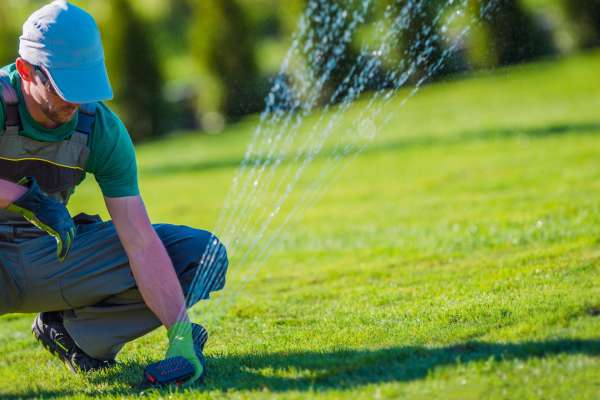
The success of overseeding can significantly depend on the watering practices and equipment used. After overseeding, your lawn requires consistent and gentle watering to facilitate seed germination without causing erosion or seed displacement. Utilizing the right watering equipment, such as a sprinkler system that provides even coverage and adjustable settings to control the water flow, is imperative. The goal is to keep the soil moist but not saturated, as overwatering can lead to fungal diseases and poor seed development.
Researching Grass Varieties
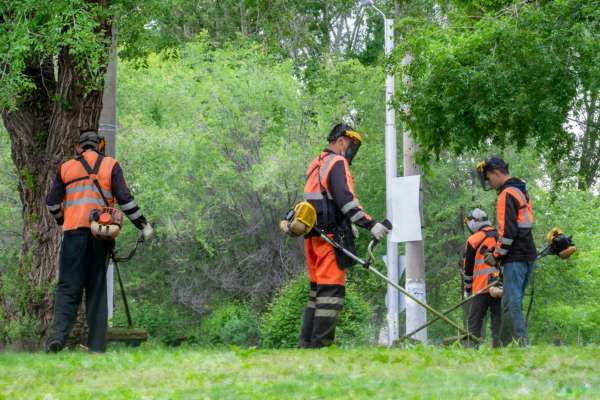
Researching grass varieties can also provide insight into factors such as maintenance requirements, drought tolerance, and disease resistance. By choosing the right type of grass for your lawn, you can minimize the need for excessive watering or chemical treatments, promoting a more eco-friendly and sustainable land care approach. Ultimately, investing time in researching various grass varieties can lead to a healthier and more vibrant lawn that enhances the overall aesthetic appeal of your outdoor space.
Understanding Fertilizer Requirements
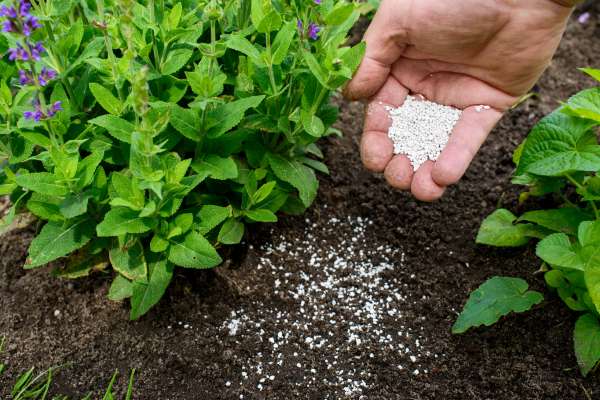
A pivotal aspect of learning how to overseed a lawn is understanding the fertilizer requirements. Fertilizers nourish both your existing lawn and the newly seeded areas, providing the essential nutrients needed for growth. Before you begin overseeding, conduct a soil test to determine the specific nutrient needs of your yard. This test will guide you in selecting the right fertilizer, ensuring it complements the soil’s existing nutrient profile. When overseeding, choose a starter fertilizer high in phosphorus, as this nutrient is key to root development. Applying the correct fertilizer not only boosts the germination rate of your new seeds but also enhances the overall health and density of your yard.
Determining The Square Footage Of The Lawn
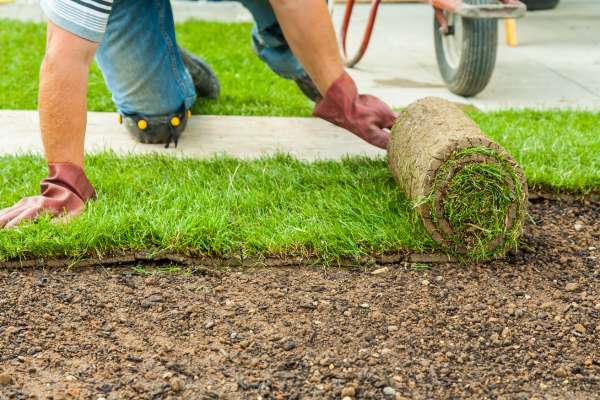
To overseed a lawn effectively, you must first determine the lawn’s total square footage. This measurement is crucial for several reasons: it helps you purchase the correct amount of seed and fertilizer, and it ensures you spread these materials evenly across the lawn. You can calculate the square footage by measuring the length and width of your lawn and then multiplying these numbers. For irregularly shaped lawns, divide the area into manageable sections, calculate each section’s square footage, and then sum them up. Knowing your lawn’s exact size allows for precise application rates, ensuring optimal coverage and avoiding waste of resources.
Properly Adjusting The Seed Spreader
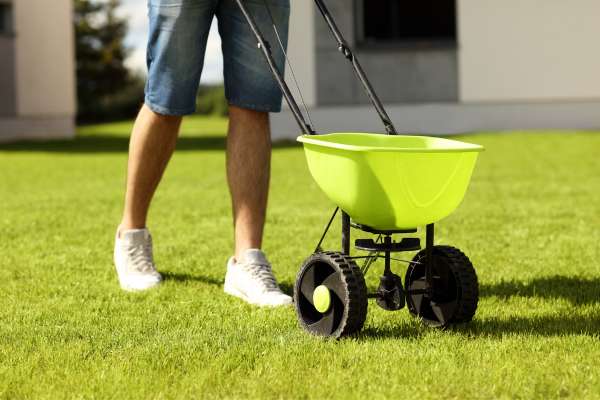
Properly adjusting the seed spreader is an essential step in the overseeding process. The spreader ensures even seed distribution, crucial for uniform lawn growth. Before starting, refer to the seed bag’s instructions to set the correct spreader setting. This setting varies based on the seed type and spreader model. Conduct a test run on a driveway or sidewalk to check the distribution pattern, making adjustments as needed to ensure even coverage. Properly adjusted, the spreader will distribute the seeds uniformly, preventing clumping or bare spots, which are common issues in overseeding efforts.
Hand-Seeding Small Areas
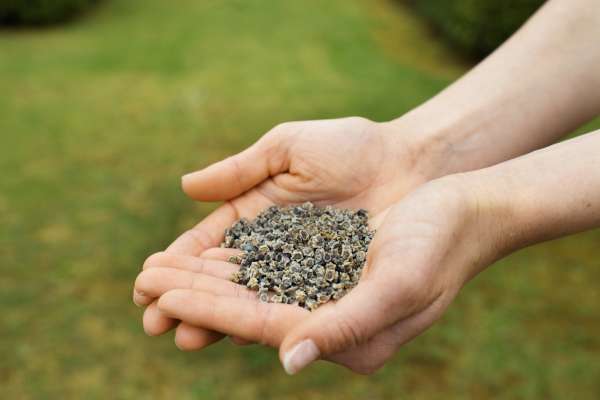
Hand-seeding small areas can be a rewarding and effective way to rejuvenate your lawn. When overseeding, it’s important to prepare the soil properly by raking and loosening the surface to allow the new seeds to take root. Make sure to evenly distribute the seeds by hand, ensuring good coverage without overcrowding. It’s also crucial to provide consistent watering for the newly seeded area, keeping the soil moist but not waterlogged.
Tracking New Grass Growth
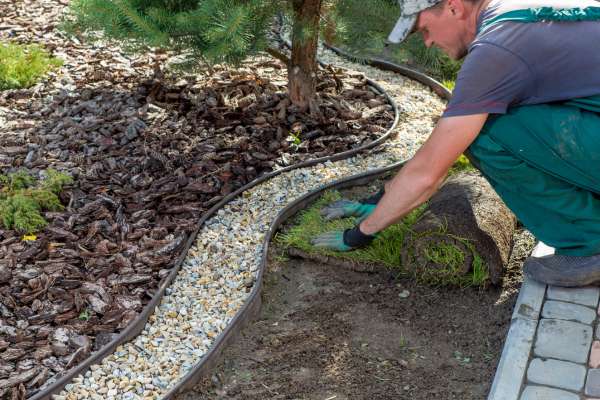
An integral part of mastering how to overseed a lawn is monitoring the progress of your new grass growth. This step is crucial for assessing the success of your overseeding efforts and determining the next steps in yard care. After sowing the new seeds, keep an eye out for the first signs of sprouting, which typically occur within 7 to 21 days, depending on the grass variety. Tracking this growth not only provides insight into the effectiveness of your overseeding but also helps in gauging the right time for subsequent lawn care activities, such as the first mow and ongoing fertilization.
Providing Adequate Moisture For Germination
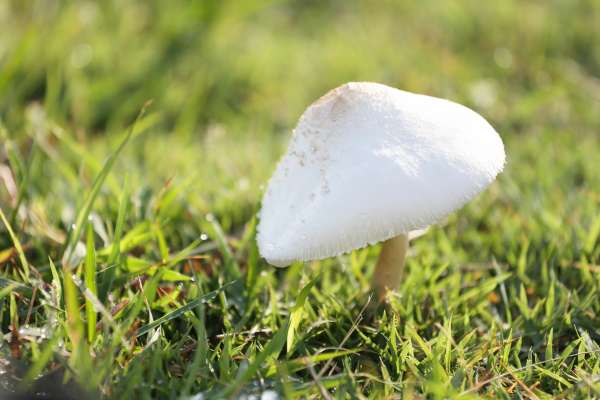
Moisture is a critical element in the germination of new grass seeds. After overseeding, it’s essential to provide consistent and gentle watering to keep the soil adequately moist but not waterlogged. The goal is to encourage the seeds to germinate and root deeply, creating a strong foundation for your new grass. Initially, this may require watering multiple times a day to maintain the necessary moisture levels without causing erosion or disturbing the seeds. As the seeds germinate and new grass starts to grow, you can gradually reduce the frequency but increase the depth of watering to promote strong root development.
Mowing The Existing Grass
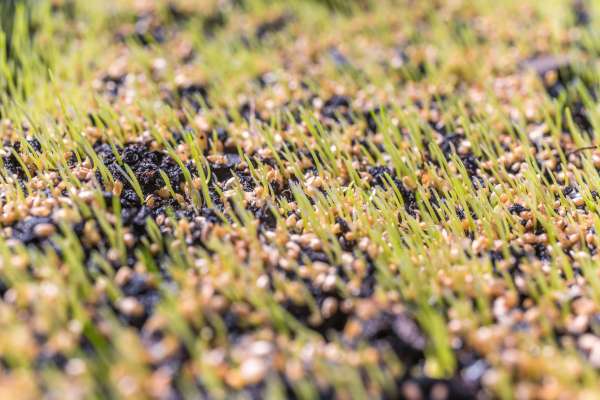
Mowing the existing grass is a vital step in maintaining a healthy and vibrant lawn. It not only helps to keep your grass looking neat and tidy but also promotes growth by cutting off any damaged or overgrown areas. To achieve optimal results, it’s crucial to mow at the right height and frequency based on the type of grass you have in your yard. This ensures that the grass receives enough sunlight and nutrients for proper development.
Managing Weed Growth During Overseeding
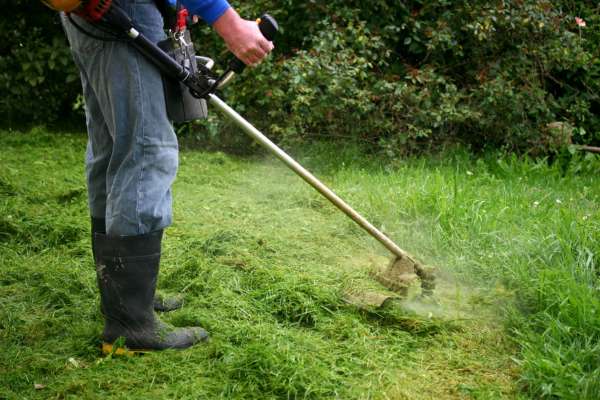
Weeds can be a significant hindrance in how to overseed a lawn effectively. They compete with the new grass for essential resources and can inhibit its growth and establishment. Prior to overseeding, address any significant weed infestations through appropriate means, such as manual removal or the use of herbicides, keeping in mind the safety of the new seeds. After overseeding, focus on creating an environment that favors grass over weeds by maintaining proper watering, mowing, and fertilization practices. This approach reduces the chances of weed dominance and promotes a lush, healthy yard.
The Final Thought
Overseeding is a beneficial practice for maintaining a healthy and lush lawn. By following the proper steps outlined in this article, you can successfully rejuvenate your lawn and fill in any bare patches. Remember to choose the right type of grass seed for your region and prepare the soil adequately for optimal growth. Regular watering and maintenance are essential to ensure the new seeds establish themselves effectively. Start overseeding your land today to enjoy a thick, green carpet of grass that enhances the beauty of your outdoor space.
